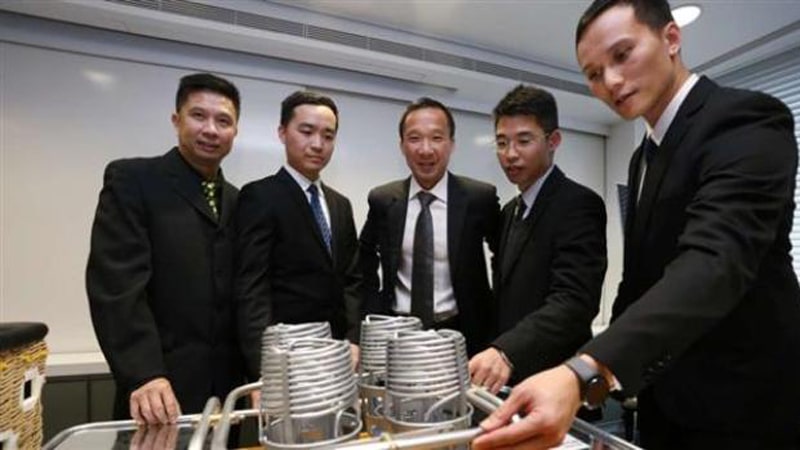A drastic change can be expected in Hong Kong since the PD intends to invest on crime fighting possibilities of 3D printing technology. This will help in the prevention of deaths and bring the criminals to justice. Now, 3D printed models of the crime scenes will be printed and used while conducting investigations, trials, and court inquests.
Hong Kong’s police instructions bolster unit was set up in 1988, and throughout the years it has manufactured a sum of 18 distinctive scale models of structures and airplanes. These models give a reasonable perception of specific circumstances and the situations in which they occurred. A lethal firearm assault in Kowloon Bay in 2014, a hot air swell crash in 2013, and a 2010 prisoner circumstance on a transport in Manila are only three of the episodes whose examinations required the working of these scale models. As per Senior Inspector Chan Shun-wai, development of a model by hand can take up to seven days to finish. This procedure can now be extraordinarily quickened with the assistance of recently acquired 3D printers, which cost around HK $10,000 each.
3D printing will empower nitty gritty rendering of the design of a specific area to be accomplished considerably faster than with difficult work, and this is a key preferred standpoint that Chan, a structural reviews graduate, perceives. “We require printers to develop complex structures to demonstrate the precision of the design,” he says. The case he refers to is the lethal fire in Fa Yuen Street in 2011, in which nine individuals disastrously lost their lives. The examination required each building and road slow down in the zone to be imitated steadfastly in small. As a result of the robotization of the 3D printing procedure and its premise on PC helped plan, the time required to make such countless window and door jambs could be definitely diminished.
And assisting with examinations, the scale models that are created by the instructions bolster unit likewise assume a pivotal part in the court. They permit judges to better comprehend the design of a wrongdoing scene, and the points of interest of witnesses’ declarations can be effortlessly tried and analyzed. The unit additionally develops models that are utilized by Hong Kong’s counterterrorism squad, with a specific end goal to arrange potential situations and give data about occurrences.
In spite of the fact that the advantages of utilizing 3D innovation for these circumstances seems self-evident, Chan still has questions about the degree to which it can supplant manual craftsmanship. “The completed item made by the printer is basically a bit of plastic,” he says, focusing on the requirement for additional workmanship by human turns keeping in mind the end goal to impeccably reproduce the material properties. His reservations are shared by head officer of the preparation bolster unit, Ku Chin-string. Asked whether a 3D virtual reality PC picture could work superior to anything a genuine scale show, he doubted the capacity of an observer to dependably review their own particular position utilizing just this non-physical portrayal.
In spite of the fact that these perceptions might be substantial, one might say that the present cost and many-sided quality of 3D printing when utilized as a part of such little scale extends as this may confine the officers’ perspective of its potential applications. As printing turns out to be increasingly open, and especially as its utilization in blend with 3D filtering turns into a more reasonable choice, the possibility to develop point by point recreations of any circumstance or condition could be perceived. We may wind up observing the execution of 3D innovation in police fill in as an ordinary event, and this innovation that we are so amped up for will likewise be contributing unobtrusively and indefatigably to guarding our lanes.
